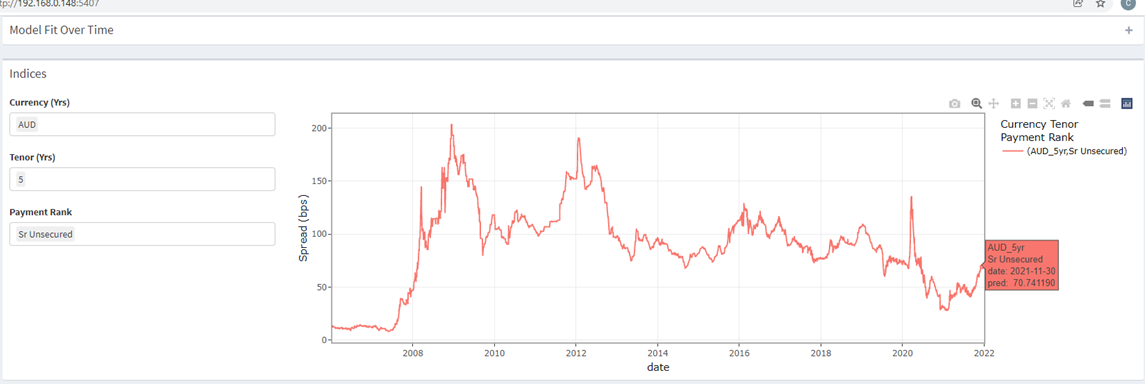CBA mandates first 5 year senior major bank bond deal in A$ since the closure of CLF
One of my favourite bond issuers, CBA, has just announced a mandate for a new fixed-rate and floating-rate, benchmark 5-year senor bond issue in Aussie dollars. This is the first 5-year deal from a major bank in Aussie dollars since APRA announced the phased closure of the Committed Liquidity Facility (CLF) in late 2021. During the week APRA revealed that the CLF had been $140 billion in size, which will be cut to zero by end of this year. (If you want to better understand the role of the CLF, you can read our analysis here and here.)
CBA has an upcoming senior bond maturity on 17 January, which is $2.65 billion. It will likely want to replace this issue, which implies a very large deal in excess of $2.5 billion if they can find the investors. The problem of course is that all the banks that used to buy bank senior bonds for the CLF portfolios can no longer do so. They can still buy senior paper for any excess non-regulatory liquidity they have, but in the absence of the structural bid from the CLF portfolios, liquidity in secondary markets is lower than it was previously.
In our internal quant systems we estimate live, constant maturity Aussie major bank senior bond indices in real-time across all currencies and all tenors. The index in the chart below is the major banks' five-year senior index in Aussie dollars. It is currently sitting at 71 basis points (bps) above the quarterly bank bill swap rate (BBSW), which is right at the tight end of the historical trading range since the global financial crisis. In the post-GFC and pre-COVID period, 5-year major bank senior traded in a typical 70-125bps range. And that was with a massive bid from bank balance-sheets for their CLF portfolios.
The current 5-year theoretical spreads at 71bps are therefore a very cheap level for issuers (or an expensive level for investors) based on historical precedent. As a result of the RBA's $188 billion Term Funding Facility, banks radically reduced their senior debt issuance, which crushed 5-year spreads to as low as 28bps above BBSW in February last year. We exited most of our bank senior paper at about 35bps over BBSW and have been de facto short ever since because of our view that senior spreads would need to increase to 70-80bps, which is where they are now.
CBA is probably the smartest Aussie bank issuer globally. During the week NAB issued a 5-year senior deal in US dollars that swapped back to Aussie dollars at about 70-71bps above BBSW at the time of issue. But the US dollar market has been super-cheap for issuers globally for some time now, which might change once the Federal Reserve ends QE in March.
We have felt that the first new 5-year senior bond from a major bank in Aussie dollars would need to print in the 75-80bps range to provide a reasonable, 5-7bps new issue concession to the current secondary curve. CBA might also consider printing a decent sized fixed-rate tranche in addition to the normal floating-rate offer given that the former will be in high demand from conventional fixed-income investors.
While pricing has not been announced, I would like to see them launching with an 8-handle to maximise the initial demand for the deal and then print in the very high 70s subject to how much capital they want to raise. Issuing north of $2.5 billion is no sure thing, but being the first cab off the rank certainly helps.

1 topic

